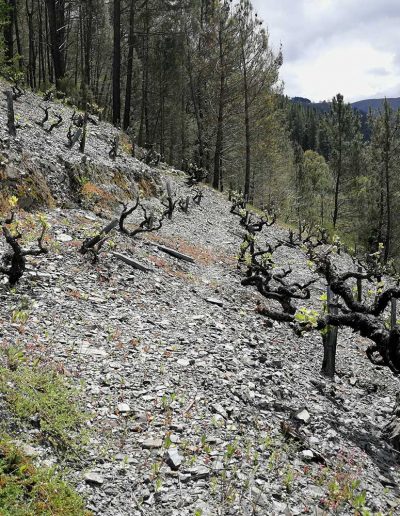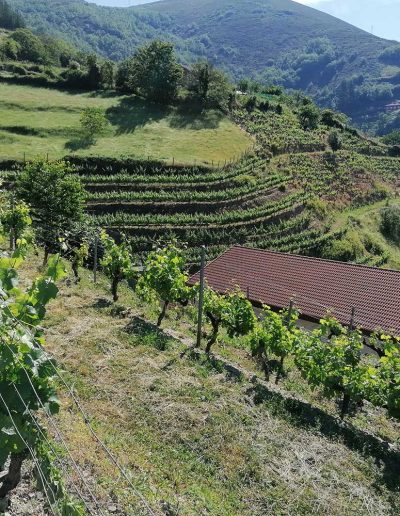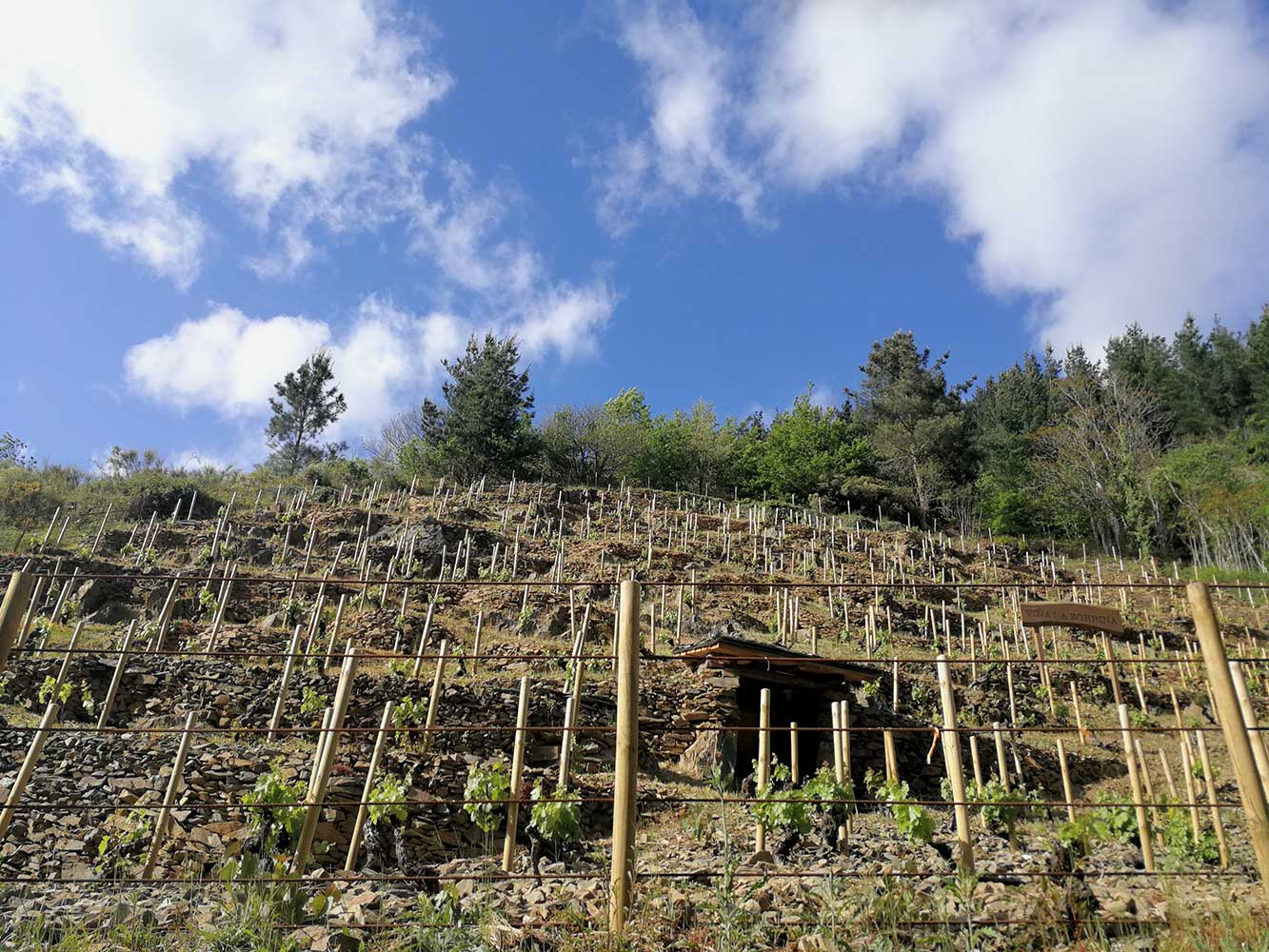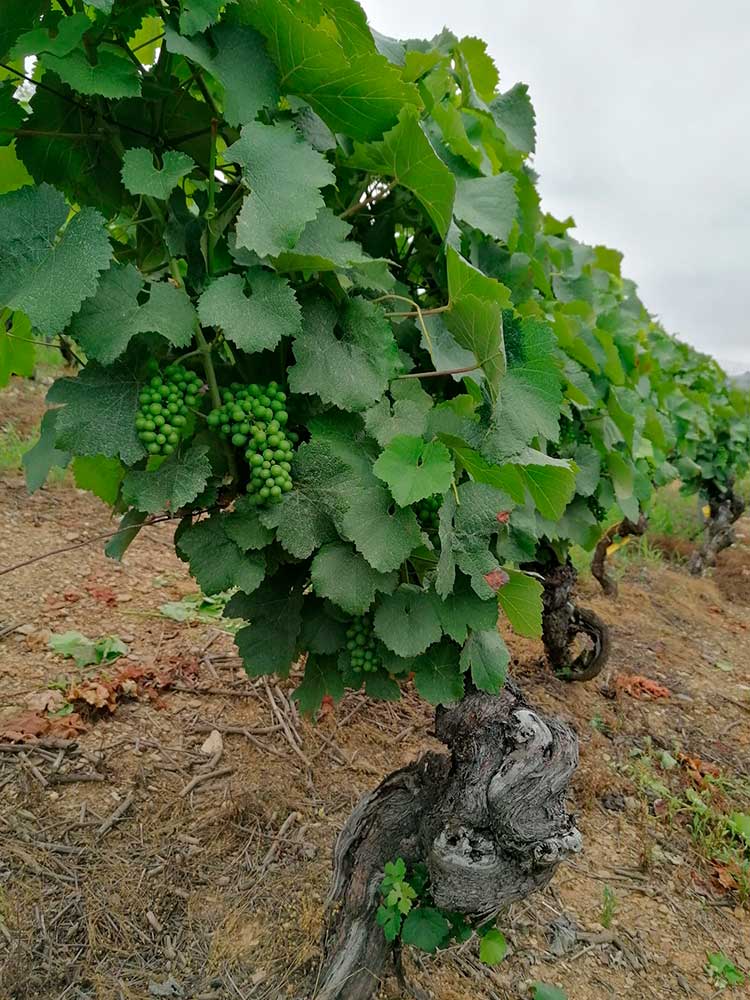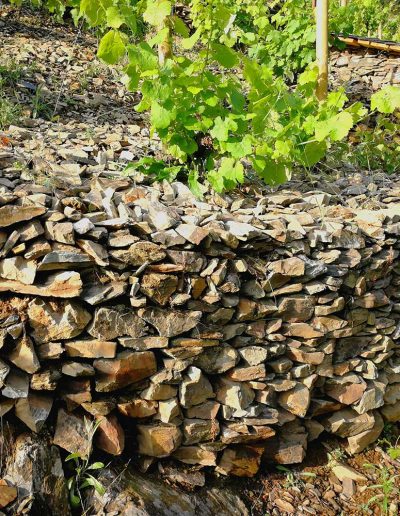Production areas, mountain viticulture and grape varieties
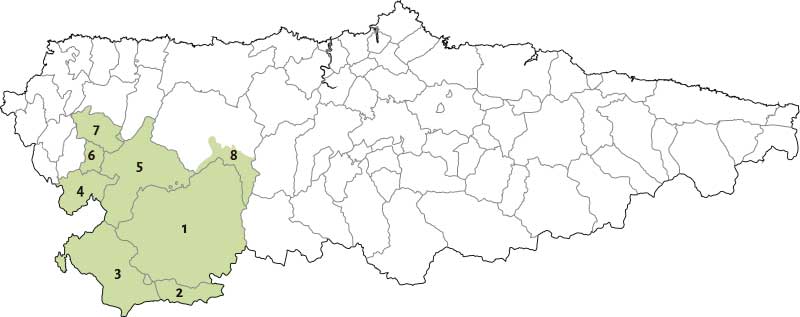
1. Cangas del Narcea | 2. Degaña| 3. Ibias | 4. Grandas de Salime | 5. Allande | 6. Pesoz | 7. Illano | 8. Tineo
Production areas
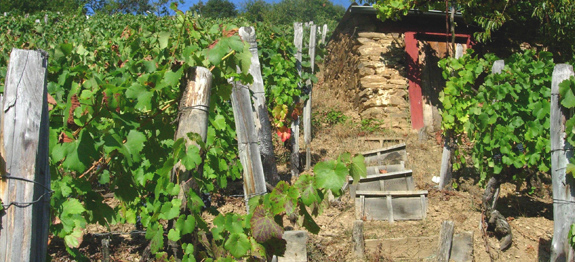
Heroic viticulture
Asturias is part of the territory classified as Mountain Viticulture by CERVIM (Center for Research, Study, Safeguarding, Coordination and Valorisation of Mountain Viticulture) an exclusivity that only Cangas Wine, D. O. Ribeira Sacra and D.O. Priorat.
The high mountain vineyard is characterized by
• Cultivation on steep slopes, areas with more than 30% decline.
• Vineyards in small properties, in plots.
• Viñas en terrazas de cultivo.
The areas that sustain high mountain vineyards also have such characteristics that allow talk of “heroic viticulture”:
• Orography not allows mechanization.
• Plots of vineyards sometimes split and often organized in terraces.
• Farms with small acreage, whose agriculture is not the main economic income.
• Need high economic investment to modernize crops.
• Adverse weather condition.
• Grape varieties exclusive with enological productions emerging from the global models.
• The vineyards are located in geographic areas with high landscape beauty and tourist character.
Grape varieties
Grape varieties
Types of wines and characteristics. WHITE WINE
Varieties: albarín blanco, albillo, moscatel grano menudo, godello y blanca extra.
Types of wines and characteristics. RED WINE
Varieties: carrasquín, verdejo negro, albarín negro y mencía.
THE WINERIES
The Cangas Protected Designation of Origin and its Wineries



